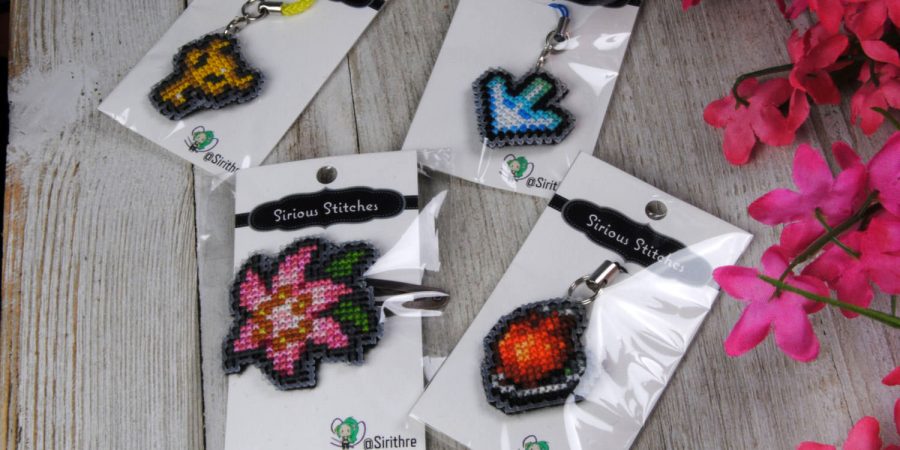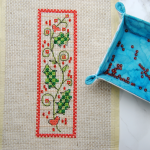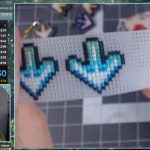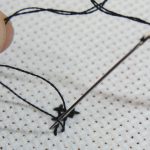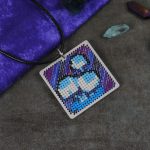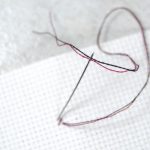Ohhh boy. I’ve been putting off this blog for some time. Pricing is a fairly controversial topic, and there’s a few different ways to go about it. For the sake of this not being too long, I will be discussing only finished cross stitch projects, NOT patterns. That’s… a whole ‘nother can of worms that can wait for another blog.
Everything here is subjective and may not feel like it necessarily applies to your situation. The main takeaway I want you to have is that your time is the most valuable resource here. I don’t care if this is your only source of income or just a side hustle to pay for materials that you work on while watching TV. It doesn’t matter. You should still value your time.
This is not an end all list of what you should be charging for, but hopefully it gives you an idea of where to begin.
Table of Contents
Do not undervalue yourself
This is a very important concept here. Undervaluing your time hurts YOU and leads to burnout due to little return on investment. It builds resentment in the very craft you used to enjoy.
Not only that, but it hurts everyone else in the process. Even if YOU don’t care whether you get paid for your time, it causes issues in a market where people already don’t realize just how much time and effort this craft takes, and everyone has to undercut their own pricing to remain competitive.
Whether you’re sticking to cross stitch, doing other textile crafts, or literally any other kind of art… your time is your most valuable asset.
Pricing on an Hourly Rate
Ok, but just how much is your time worth exactly? Well you definitely don’t want to be charging under minimum wage. This will vary wildly based on your location. If you’re not sure, look it up.
But minimum wage is used primarily for unskilled and menial jobs like retail and food service that pretty much anyone can do without too much instruction.
But you’re not serving food. You’re making art. And you should be charging what an artist does.
Cross Stitch is a skill. A skill you have spent hours learning and perfecting. It may seem second nature to you now, but think back to when you first started. Or look at current beginners who comically space their stitches apart or use all 6 strands, or don’t face all their stitches the same way. These are all things you’ve learned over time.
If you’re also drafting the pattern? That’s a heck of a lot of time you spent just learning to draw, work with a pattern program, and color matching. Those hours count too. Even long time stitchers don’t necessarily know the work that goes into pattern design, and that’s something you should incorporate into your price.
Ultimately though, no one can tell you how much your time is worth. Even if you’d normally be stitching anyway, you could be making progress on your UFOs, dream pattern, or just family Christmas gifts. How much is loss of that time worth to you?
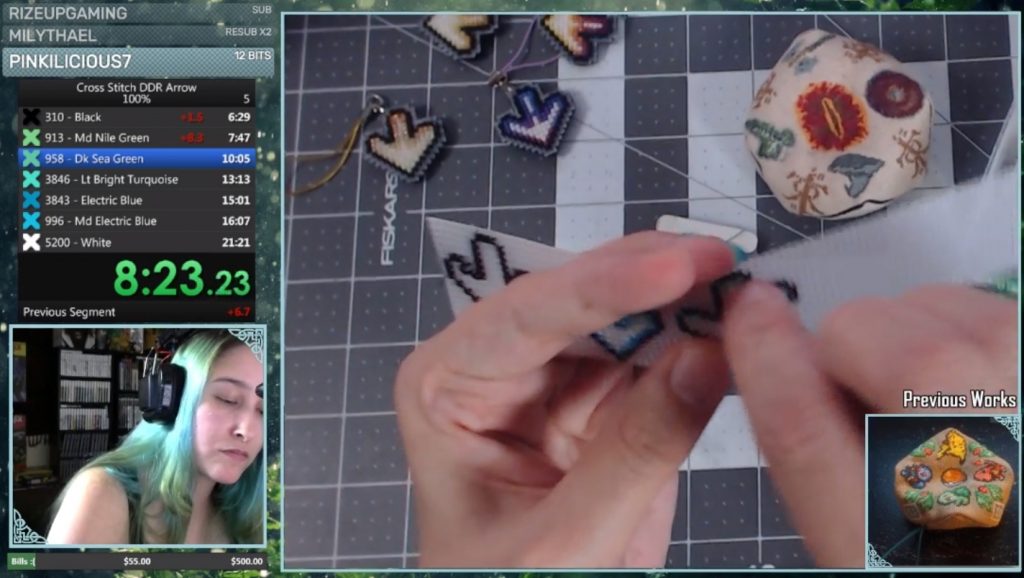
Calculating Time Spent
I’ve put together a seperate blog post on how to determine your average stitch speed. This is pretty important when calculating the pricing of a design.
Sure, you could just keep track as you go, and use that to price finished pieces. But if you’re doing a custom commission? You’ll want to be able to quote a price up front for the work involved.
Take the time to get a feel of your average rate. Some days you’ll be feeling slow or constantly get interrupted. Other days you’ll be in the zone and will speed through sections. You don’t necessarily want to charge your customer for that, so having an average is going to be your best bet.

Cost of Materials
While I don’t expect you to necessarily track how many meters of thread you use in a design, I do want you to consider how much you’re spending on materials for this project.
Even if you’ll have plenty of thread left over for other designs, if you have to spend a bunch of money on new colors to even get started, it’s not gonna feel like you’re making that much in the exchange.
This is especially true if you’re using any sort of specialty threads like metallics, variegated threads, and glow in the dark.
Plain white aida is fairly inexpensive, but if you’re wanting hand dyed fabrics, or specialty materials like plastic canvas this is something to keep in mind as well. Materials add up, even if they seem to be inexpensive on their own.

Framing / Finishing
Another thing to consider is whether or not you’re finishing the project for them. Will you be giving them just a piece of cloth to frame on their own?
Are you purchasing a frame or getting it done professionally? Even if it’s just in a hoop, that hoop cost money and should be incorporated into your overall pricing.
If you’re making it into a ornament, stitching it on some clothing, or turning it into a Nintendo Switch dock cover, extra materials will be needed.
Don’t forget about the fabric you used to back it, the ribbon or cording you edged it with, and the filling you might have used in that biscornu.
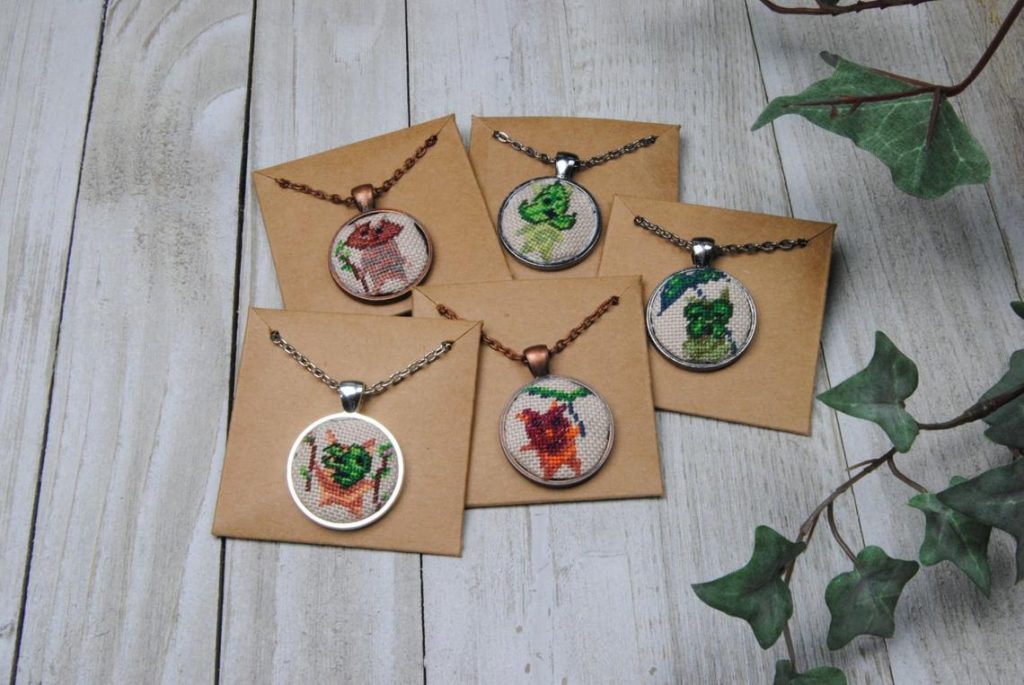
Shipping Pricing
Are you shipping it to them? Not only should you charge for the literal shipping costs (however crazy that is nowadays), but also for the packaging.
The little baggie or backing card for small items. The care in making your package look professional.
Bubble mailers aren’t free, neither are boxes and packing peanuts. Unless you’re just reusing your old amazon boxes, I suppose.
Do they want insurance? Expedited shipping? Don’t be afraid to offer these as an option. It’s up to them whether they want to pay for those services.
And yes, the time you spend packing it also should factor into your cost.
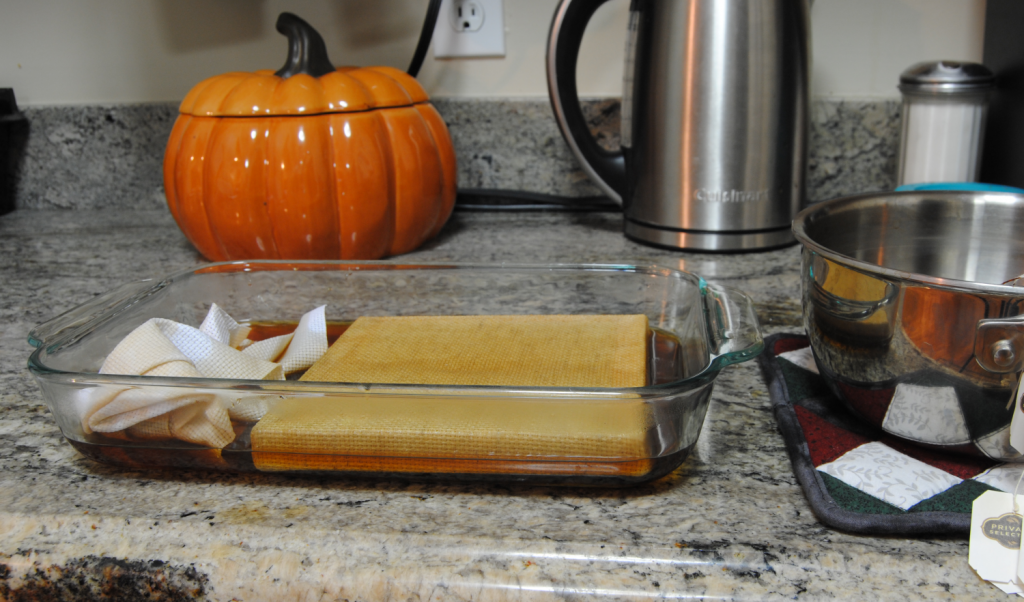
Extra Services
Does your customer want it by a certain date? Will you have to stitch more often than you normally do to make that date? It may be worth considering charging a rush fee.
Will you be dyeing the fabric yourself?
Are they providing the pattern, or are you having to purchase it separately?
Do you have to completely design the pattern from scratch, or even spend time converting a photo or image for them? This is time that should be accounted for.
Even if you’re just having to spend time picking new colors to make a flower pink instead of blue, this is additional time spent, and should not be overlooked.
Taxes
I’m not going to write too much here, as taxes are going to be very different depending on where you live. But if you’re making this a regular thing and/or making things with the intent to sell, you are running a business.
Even hobby income should technically be reported and taxed. And that cuts into your earnings. Take some time to calculate what percentage of your price will end up getting eaten by taxes.
Do your research.
Discount Pricing
Okay, so now that you’ve thought about these things, you’ve probably got a mental price that just seems to keep rising and rising. That’s way too much, right? WRONG. That is simply how much things cost. This is a luxury project. A piece of art. A craft that takes hours and hours and hours to complete.
There ARE people out there that will pay what your work is worth, and you deserve to be paid for your time.
“But it’s just a friend asking me to stitch something for them. They shouldn’t have to pay that!“
First of all, your friends should value your time too. It’s important you make it clear just how much time and effort is going into this. Let them know exactly how many hours of your life you’re spending on this. And how much you’re spending on materials, postage, etc.
And then offer them your ‘friend discount’. Whatever that might be.
But don’t let them take advantage of you either. If they’re asking for favors a lot, it’s time to charge full price. Or teach them how to make their own. 😉
And if they can’t afford it right now, that’s fine. Perhaps they’ll save up to commission you later. Maybe you’ll end up giving them a handmade piece as a gift later, on your own time. But don’t let someone guilt you into devaluing your time. Especially someone who is supposed to be your friend.
Alternate Methods: Charging Per Stitch
Before I finish up this article, let’s talk about the ‘per stitch’ method.
Another common charge method that has been floating around the interwebs is charging a couple of cents per stitch. This is an old antiquated way of calculating price. It grossly undervalues your time, often ending up to be somewhere around $3-4 an hour.
This was fine a decade ago, but literally everything has increased in value since then. Including your time.
It is still commonly used if you’re doing test stitching for a designer. But this is also under the understanding the designer is providing the pattern and materials. And if needed, shipping or photography.
You should only accept such terms if you are comfortable with the pricing and just genuinely want to work with that designer.
If you want to charge per stitch for commissions, you should calculate your average time and charge minimum wage. For me, that would end up being around $0.05 a stitch! A much more reasonable rate.
But ultimately, it’s all up to you.

